Tinplate in the Metal Packaging Industry: Manufacturing Processes and Applications
Tinplate is an essential material in the metal packaging industry, valued for its properties such as mechanical strength, formability, tightness and hermeticity. This material consists of a mild steel sheet, with low carbon content, coated with a thin layer of tin. Tinplate is chosen for the manufacture of packaging due to its light weight, corrosion resistance and ease of recycling.
Tinplate Manufacturing Process
Tinplate manufacturing is a complex and technical process involving several stages:
- Steel Production: It all starts with the production of steel, which is the basis for tinplate.
- Hot rolling: The steel undergoes a hot rolling process to reduce its thickness and prepare it for subsequent stages.
- Pickling: After hot rolling, the steel is cleaned by a pickling process to remove the oxide scale formed during heating.
- Cold Rolling: The material is passed through rollers at room temperature to reach the desired thickness. This process also improves the surface finish and mechanical properties of the steel.
- Annealing: Annealing can be performed in two ways:
- In Bell: It includes a previous electrolytic cleaning and consists of heating the steel under a bell for a long time to recrystallize its structure and recover the ductility lost during cold rolling.
- Continuous: It is a faster process than bell annealing and allows a more precise control of the mechanical properties of the material.
- Tempering: This process adjusts the hardness of the steel and prepares it for tinning.
- Electrolytic Tin Plating: Finally, the steel is coated with a layer of tin by means of an electrolytic process, which gives it resistance to corrosion and a surface suitable for printing and varnishing.
Tinplate Applications in the Packaging Industry
Tinplate is widely used in the manufacture of containers and lids. These containers are common in the food and beverage industry, as well as in the paint and oil industries. Tinplate containers are recyclable and, thanks to their magnetic character, can be easily separated from other materials in municipal solid waste.
Advantages and Challenges of Tinplate
The advantages of tinplate include its ability to preserve thermally processed foods, providing an effective barrier against microbes and other oxidizing agents. However, there are also challenges such as corrosion, which can compromise the integrity of the container and its contents.

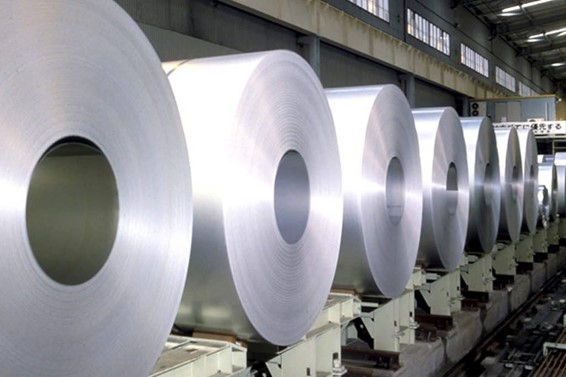
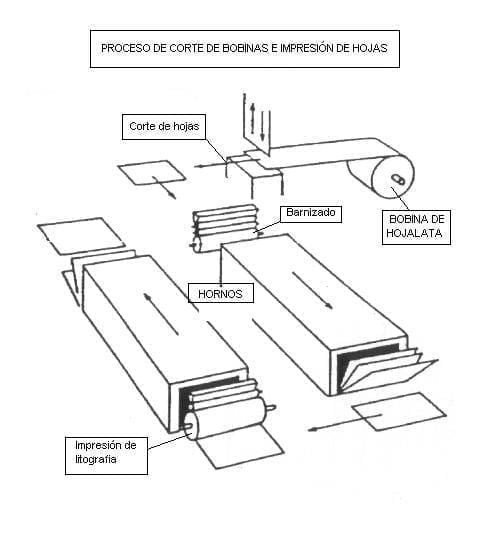
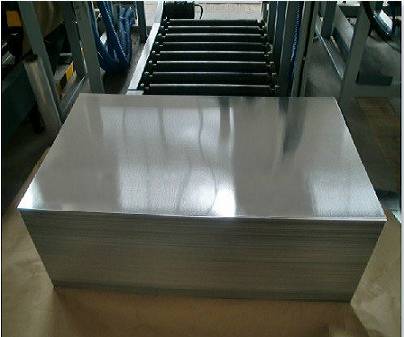

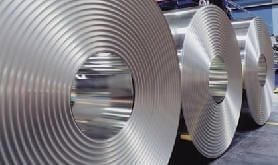
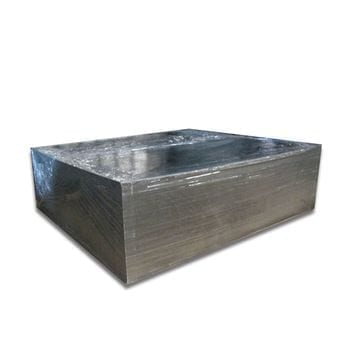

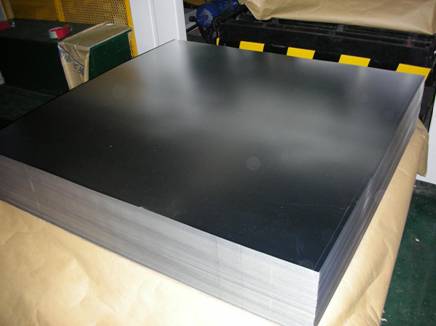
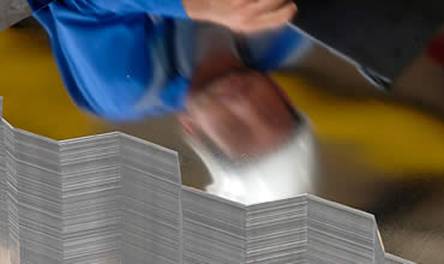
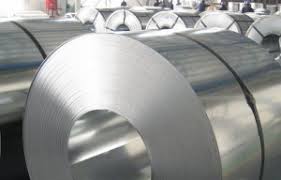
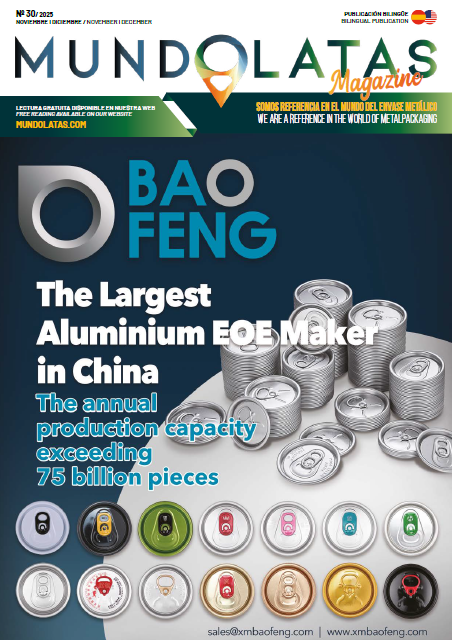


0 Comments